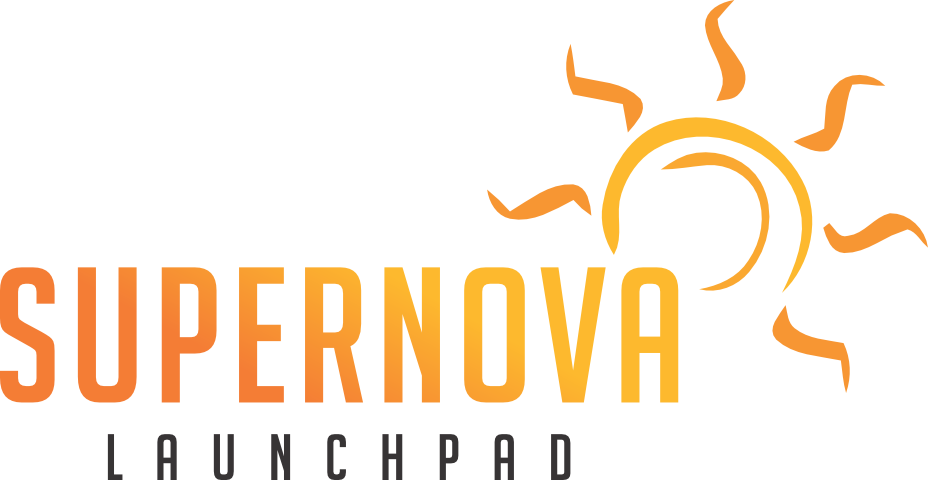
In today’s fast-paced world, students often feel pressured to learn more, achieve more, and stand out from the crowd. However, the real difference lies not in how much time you spend studying, but in how deeply you engage with your learning. This is where the contrast between deep work and shallow work becomes clear.
Deep work involves focusing with full attention, analysing concepts, observing details, and building true understanding. It encourages critical thinking, creativity, and problem-solving – skills that remain valuable well beyond examinations. Deep learners go beyond memorising facts; they connect ideas, form new perspectives, and gain confidence through meaningful learning experiences.
In contrast, shallow work is surface-level. It often means rushing through material, memorising without comprehension, or getting distracted by constant notifications, social media, online gaming, and other unhelpful habits. This approach may seem easier in the short term, but it leads to stress, frustration, and limited long-term benefits.
Key Points:
- Full Focus
- Zero Distractions
- Quality over Quantity
- Critical Thinking and Problem-Solving
- Connecting Ideas, Not Just Memorising
- Disciplined Study Routines
- Long-Term Retention and Understanding
- Positive Mindset and Confidence
- Transforming Knowledge into Wisdom
For students who want to excel, practising deep work is essential. This means creating a disciplined study routine, setting aside time free from digital distractions, and engaging with topics in a way that sparks curiosity. By doing so, students not only perform better academically but also develop positive emotions, resilience, and a mindset for lifelong learning.
Ultimately, deep learners are the real winners. They transform knowledge into wisdom, while shallow learners risk being stuck with temporary information and negative attitudes. Choosing deep work is choosing growth, success, and a brighter future.
